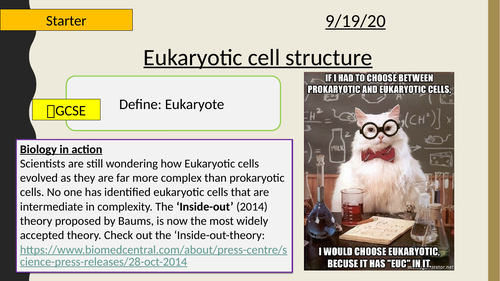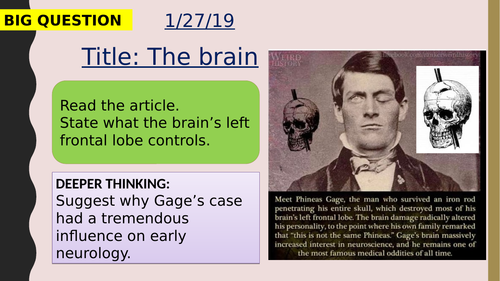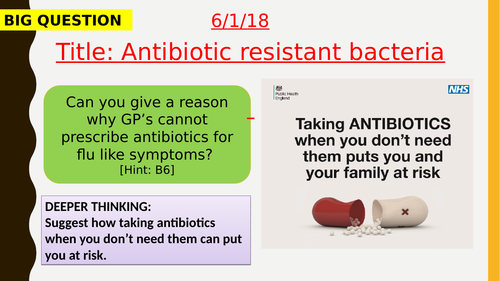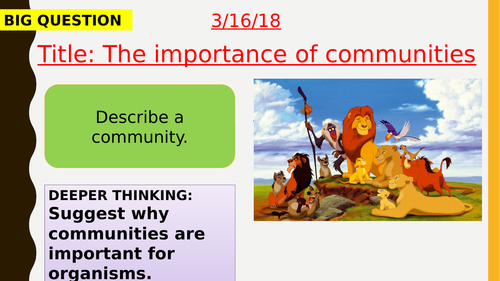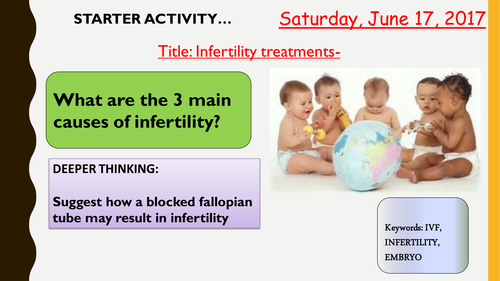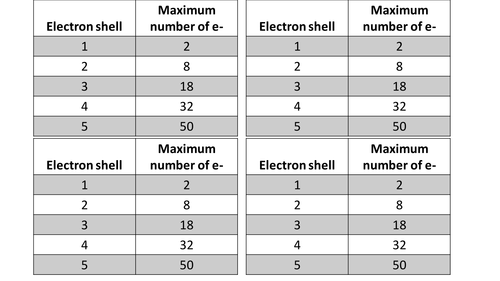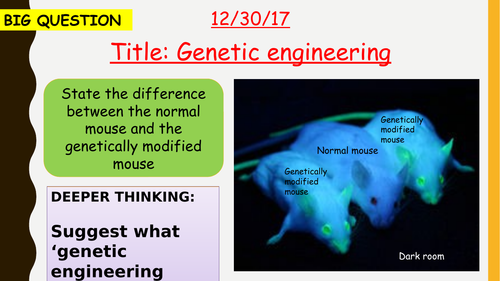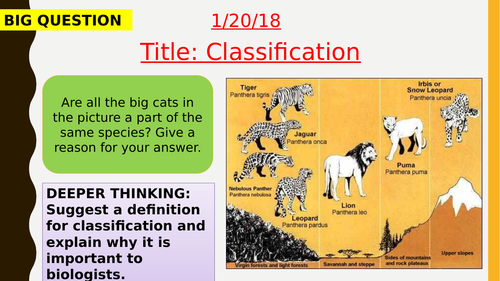Paperfriendlyresources's Shop
Paperfriendlyresourcesuk New Resources Coming soon! PFR resources have been designed to ensure good quality teaching is not compromised by printing restrictions or buffering videos. Lessons that include worksheets have been created for teachers to print at least two copies to an A4 sheet.

